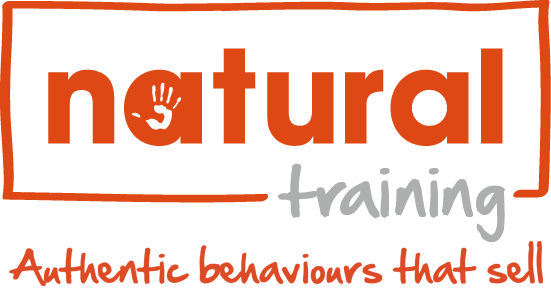An unforgettable habit: Stephen Covey’s impact on the training world
When I saw that Stephen Covey, author and motivational speaker, was trending on Twitter in the past week I made the natural assumption that someone (maybe a celebrity) somewhere had discovered his incredibly powerful book, The 7 habits of highly effective people – and wanted to share it with the world.
Sadly it wasn’t the case.
Covey died aged 79 this week following residual effects of a cycling incident back in April this year. His book not only had an enormous impact on me, but the training industry as a whole. In our sales training programmes at Natural Training we love to embed the second habit in the book into our training: Begin with the End in Mind. Create a mission statement; picture the ideal characteristics for each element of the challenge. Build a journey, that’s the crucial element.
How does the second habit relate to sales training?
Well, in sales it’s very easy to let the customer run the show. Enthusiasm and desire for the sale can sometimes cloud judgement to the point where everything you do is geared towards getting that customer to say ‘yes’. But is there value in that sale for you by the time of close? This is a major problem because while sales statistics might say someone is closing deals on a regular basis, the value of those deals to you as the seller and the business you work for is what is so critical.
However, once you start to look at the sales process as a journey, you soon become very aware of where you are at any one time on that journey. Just like Covey suggests, Natural Training’s sales training programmes focus on understanding when to move further towards the close.
Here’s a useful example to explain what we mean.
- Two car salesman
- Both rely on commission payments
- Leads generated from passing showroom trade
- Positions dependent on closing a number of leads per month
Car salesman 1 has worked out that the process of selling cars is very simple; people come into the showroom, they look at the car, go on a test drive and then either buy the car or not. It’s that straight forward.
Car salesman 2 has a very different approach. While he agrees that the process of selling cars is simple, he sees a few more layers and stages in the ‘journey’ to closing and has a very clear image of what the eventual close will look like. He recognises how to spot each stage of this journey and with this information knows exactly when the customer is ready to be closed. He removes the luck element to the sale and takes control. He’s got the map!
Which of the two do you think has more success at selling cars? One of the biggest challenges that sales managers come to us with is opportunity identifying, they say: “My team aren’t spotting enough opportunities during conversations.” Building a clear journey to sale will smash that challenge.
Taking the car selling example again, buying signs such as asking the price of the car or when the current price offer ends are clear prompts to move on to the next stage and get closer to that end goal that the second salesman is picturing so clearly in his mind.
The truth is the first salesman has no idea what the actual sale will look like. To him it’s just a customer saying ‘yes’ at some point in the future. By picturing the route or by beginning “with the end in mind” you can build a sales strategy that’s littered with easy-to-identify milestones and checkpoints. Each time you identify one, work towards the next until you reach the end.
Covey also brought clarity and structure to ‘getting things done’ with his Time Management Quadrant. He made goals and objectives achievable by simply stating that we must prioritise, plan and execute tasks based upon importance rather than urgency. Covey created four quadrants to determine the tasks you need to do and deciding what should be made a priority.
This breaks the tasks down to their most basic level allowing you to identify real value in all of them. We encourage selling strategies to have the same organised approach.
We believe that the key to effective selling is being natural, being you. Covey encouraged all who followed him to lead their life trying to be the most effective as possible, aligning themselves with their own personal ‘true north’. If you haven’t read his book, I thoroughly recommend you do so. Click here to pick up a copy.
Got a comment?
Catch us on Social Media and join the discussion!

